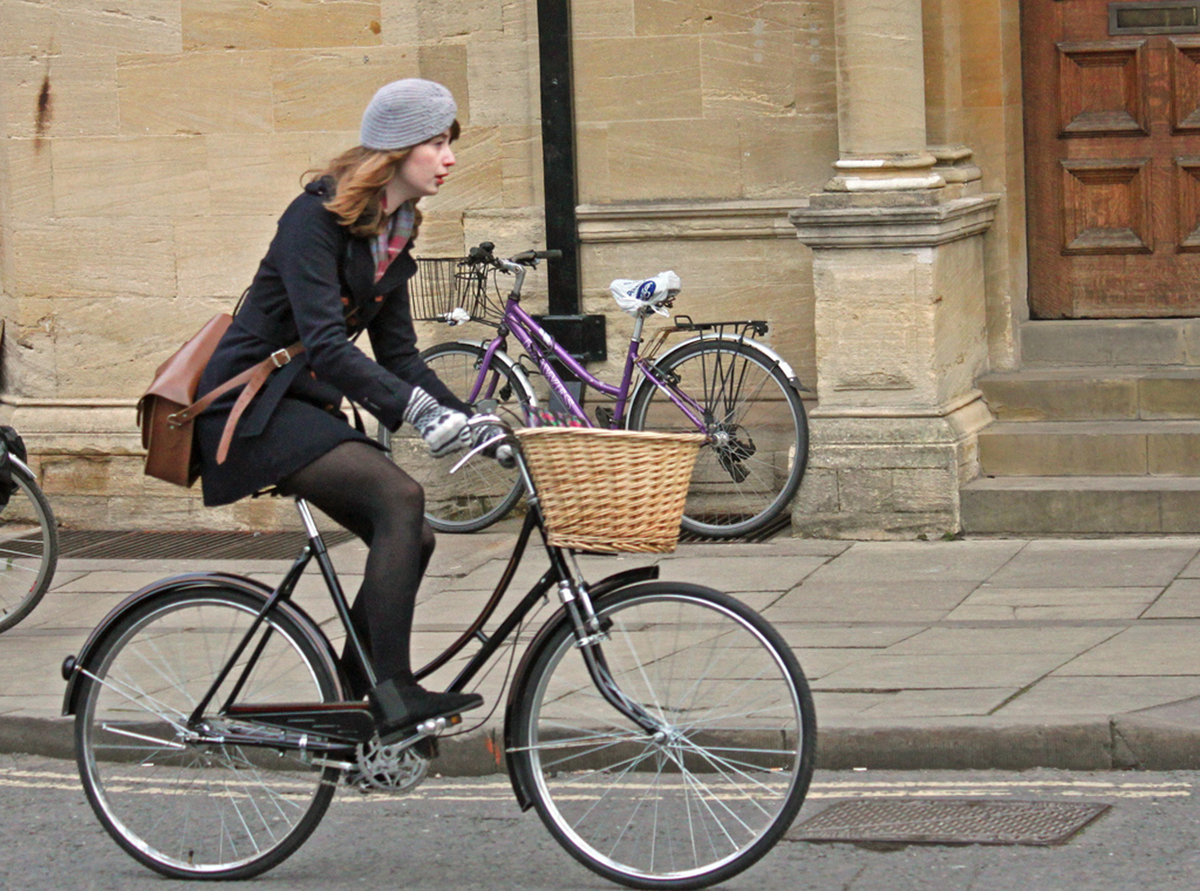Table of Contents
Exercise has so many benefits, now we can add slowing down aging to its positives. There are two main types of exercise or styles of training; aerobic — long-distance or duration training — and anaerobic or short, sharp bursts of high-intensity exercise.

Benefits Of Aerobic Exercise
Aerobic exercise is completing long slow distance training such as continuous running or cycling for example. Undertaking regular aerobic training has many benefits to slow down aging, and you should be completing exercise at least three times a week for 60 minutes. Some of the effects are:
- Maintains the thickness of the heart muscle to slower the loss as you get older meaning your heart rate will stay lower.
- Lowers blood pressure — exercise makes the arteries more elastic so maintaining exercise into your later years will keep blood pressure down.
- Maintains the efficiency of the heart and lungs to deliver oxygen — extending your VO2 max.
- Improves skin complexion due to an increased circulation.
- Can raise the levels of HDL (good cholesterol) to lessen the risk of developing CHD as you get older therefore slowing down ageing
- Burns calories by keeping your metabolism higher for longer.
- Generally improves the mood allowing you to stay more active for longer.
Benefits Of Anaerobic Exercise
Anaerobic exercise involves anything that is short duration and high intensity for example weightlifting or sprint training. Everyone should be doing some level of resistance training or weight training to maintain strength for every day life. The benefits of slowing down ageing with this type of exercise are:
- Maintains muscle mass and slows down the rate of atrophy (loss of muscle) to keep you feeling stronger for longer.
- Stresses the skeleton to maintain bone density. Weight-bearing exercise makes the bones stronger to avoid fractures.
- Maintains the metabolism to keep burning calories and avoiding the metabolism slowing down as you get older.
- Promotes the release of testosterone and human growth hormone to repair tissue which will slow down the rate at which bones and muscles deteriorate.
- Helps keep you stronger so every-day activities like carrying grocery bags do not become difficult.
- Maintains your flexibility in the joints as fluid is released efficiently to stop stiffness
Research
A study released in 2007 by the Applied Physiology, Nutrition, and Metabolism and the Canadian Journal of Public Health found that aging adults who participated in regular exercise lessened the risk of crossing the threshold of inactivity or inability to perform daily functions. And that that exercise helped to maintain the cardiorespiratory fitness, strength, flexibility and lowered the risk of weight gain.
It is clear that ageing will get to everyone but there are some simple ways to try and slow it down so that you can remain active and able for much longer. Follow these simple tips:
- Exercise at least three times a week for 60 minutes.
- Try to change your lifestyle so you are more active, by walking instead of driving for instance.
- Complete both aerobic and anaerobic exercise.
- Remember that as you age your metabolism slows so check your calorie intake.
See Also: Inactivity More Deadly Than Obesity, New Study Finds
These tips apply to both males and females because the rate of decline is the same for both genders, even though men have a higher mass than women at their peak they decline at the same rate so see a bigger loss in muscle and strength than women do. Taking part in both types of exercise is really important to get the most out of training and really slow down all areas of ageing.
- Photo courtesy of U. S. Fish and Wildlife Service - Northeast Region via Flickr: www.flickr.com/photos/usfwsnortheast/7189708949
- Photo courtesy of Tejvanphotos via Flickr: www.flickr.com/photos/tejvan/6772598609


Your thoughts on this